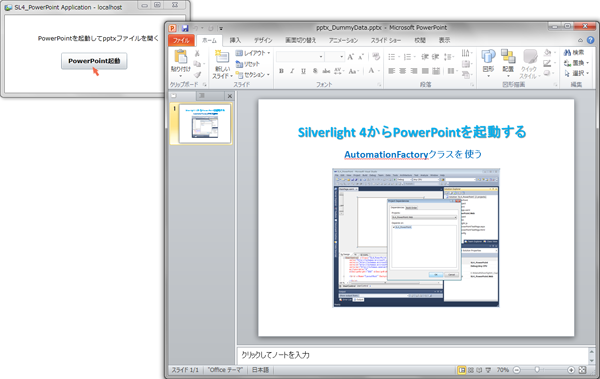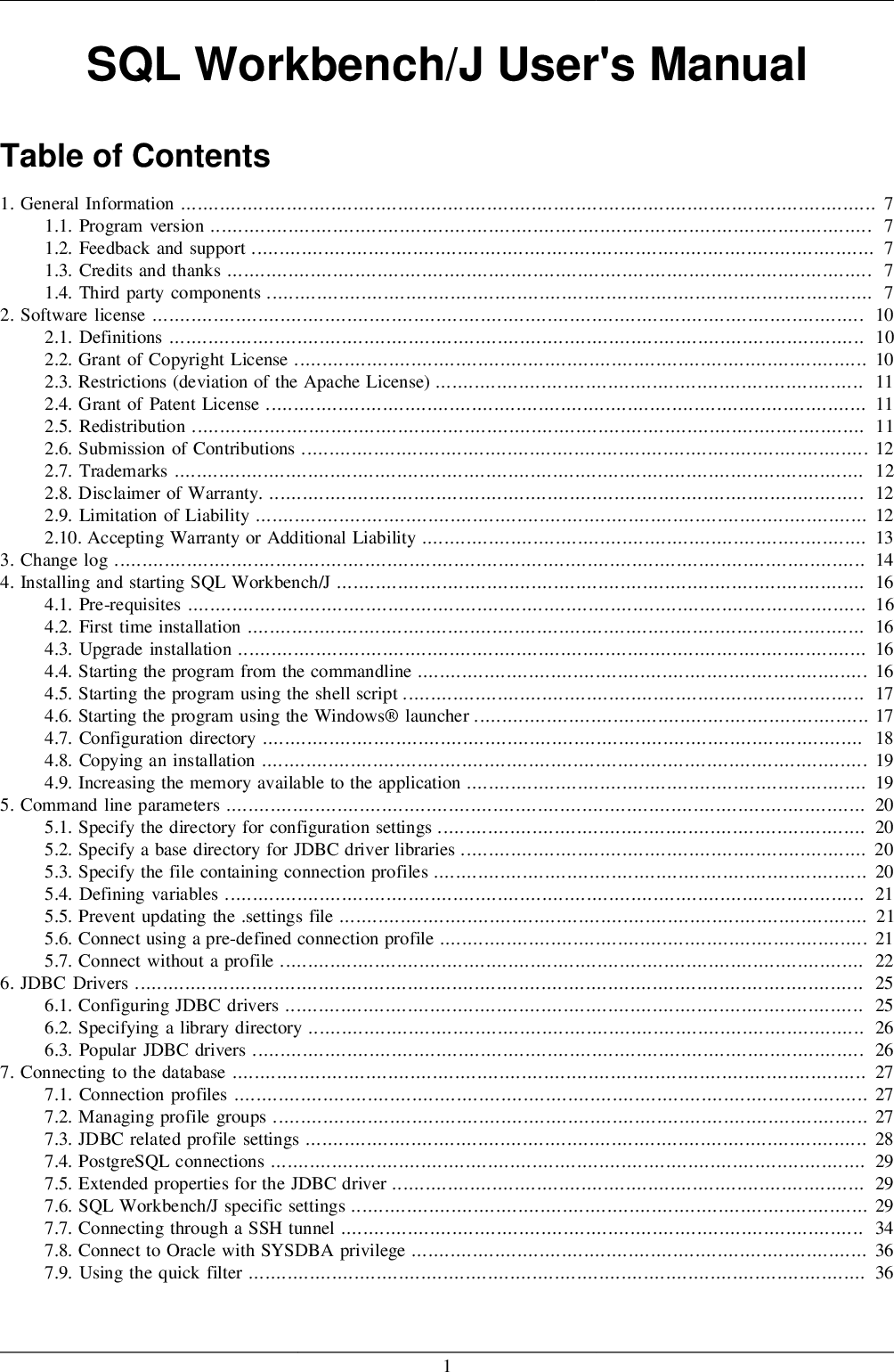The primary difference between nested features and other types of capabilities is that they'll access and modify variables which are outlined of their father or mother functions. Therefore, nested features can use variables that aren't explicitly passed as enter arguments. In a father or mother function, you can create a handle to a nested function that contains the data essential to run the nested function. Function handles created using str2func do not have entry to variables outdoors of their native workspace or to nested features. If your function handle accommodates these variables or capabilities, MATLAB® throws an error when you invoke the handle. Also, should you use a textual content representation of an anonymous function, the ensuing function handle doesn't have access to non-public or native features. Inputs not handed explicitly to the function, stored as a cell array of character vectors. These input arguments are assigned default values in the Results property. You can dynamically add on new members to the handles structure that include your variables that you want to cross in. This could expose variables to your function that you did not want or want exposed. Since variables passed in to MATLAB functions are "move by worth" and not "move by reference" should you change any of the variables, you are only altering the local copy.
Otherwise modifications you make to the handles construction variables are only local and received't survive as quickly as the function has returned. Function Handles are variables that allow you to invoke a function indirectly. A function handle is a knowledge type that stores an affiliation to a function. For instance, you should use a function handle to assemble nameless functions or specify call-back features. Also, you should use a function handle to move a function to another function, or call native capabilities from outside the principle function . Argument names outlined in the enter parser scheme, saved as a cell array of character vectors. Each function that provides an input argument to the scheme updates the Parameters property. These functions embrace addRequired, addOptional, and addParameter. Since function handles are treated like variables, they are often passed to functions that settle for function handles as enter arguments. MATLAB program files can include code for multiple function. In a function file, the primary function in the file is known as the principle function. This function is visible to features in different information, or you'll find a way to call it from the command line. Additional features inside the file are known as native features, and they can happen in any order after the primary function. Local capabilities are solely visible to different capabilities in the identical file. They are equivalent to subroutines in other programming languages and are generally known as subfunctions. If MATLAB sees a shared variable throughout the shared workspace, it searches the workspace for the variable. On the opposite hand, if the arguments are handed by the calling function, then MATLAB doesn't have to seek for them. The time taken for this search explains that sort nest-share is slower than file-pass, nest-pass, and sub-pass.
There are numerous compromises between the event velocity when utilizing an interpreter and the execution velocity when using a compiler. Some techniques allow interpreted and compiled code to name one another and to share variables. This implies that as soon as a routine has been tested and debugged beneath the interpreter it can be compiled and thus profit from sooner execution while other routines are being developed. Many interpreters don't execute the source code because it stands but convert it into some extra compact inside form. Many BASIC interpreters exchange keywords with single byte tokens which can be used to find the instruction in a jump table. Many BASIC interpreters can retailer and skim again their own tokenized internal illustration. There are sixteen basic knowledge sorts, or courses, in MATLAB. With the exception of function handles, this matrix or array is a minimum of 0-by-0 in size and can develop to an n-dimensional array of any size. In addition to setting nargin every time a function is identified as, Octave additionally routinely initializes nargout to the variety of values that are anticipated to be returned. This allows you to write capabilities that behave in another way depending on the variety of values that the user of the function has requested. The implicit task to the built-in variable ans does not figure in the depend of output arguments, so the value of nargout could also be zero. Convert r to a MATLAB function and write this function to the file myfile. By default, matlabFunction uses alphabetical order of enter arguments when changing symbolic expressions that include solely lowercase letters for the variable names. The generated enter arguments are scalar variables x, y, and z. Convert a personality vector that represents an nameless function to a function handle. Workspace variables usually are not available to the str2func function.
Therefore, include values in the character vector which may be necessary to evaluate the expression and that aren't defined as function inputs. During the software improvement cycle, programmers make frequent modifications to source code. Effects are evident upon saving the supply code and reloading this system. Compiled code is mostly much less readily debugged as modifying, compiling, and linking are sequential processes that should be conducted in the correct sequence with a proper set of commands. For this cause, many compilers even have an government help, often recognized as a Makefile and program. However, a compiled program nonetheless runs a lot sooner, beneath most circumstances, partly because compilers are designed to optimize code, and could also be given ample time for this. This is particularly true for much less complicated high-level languages with out dynamic data constructions, checks, or type checking. In this instance, function do_the_needful() accepts a pointer to an options_t construction. I validate that the choices pointer isn't NULL and then go on to validate the enter and output construction members. EXIT_FAILUREreturns if both check fails and, by setting the external international variable errno to a traditional error code, I signal to the caller a common purpose. The comfort function perror() can be used by the caller to emit human-readable-ish error messages based on the value of errno. In addition to broad customization using UDF recordsdata, the person may set some basic field variables and outline his field features to tailor contour and vector show, XY plots, and so on. To accomplish that, entry the Custom Field Function Calculator toolbox in Parameters & Customization. Here, one can use default area variables, previously defined calculator capabilities and calculator operators to create new capabilities, all by using easy calculator operators. Creating custom subject features come notably helpful every time the default Fluent variables are inadequate to describe the issue in hand. The complete number of arguments to name func with may be handed in ntot; by default ntot is n. The enter n may additionally be a vector of indices of the output, during which case the output shall be a cell array of the requested output arguments. Any references to previously declared arguments should be visible within the textual content of validation features and default values. To ensure code transparency, don't use functions that work together with the function workspace.
Specifically, don't use nested functions or any of the features listed in the following table within the argumentsblock. Matching indicator to throw error when an input isn't discovered within the input parser scheme, specified as false or true . By default, the parse function throws an error if an input argument name doesn't match one defined in the input parser scheme. To suppress the error and retailer the input argument name and worth, set KeepUnmatched to true . The inputParser shops unmatched input argument names and values within the Unmatched property. Name of the function to show in error messages, specified as a character vector or string scalar. By default, FunctionName is an empty character vector (''). Typically, you set FunctionName to the name of the function you are validating. Then, if the parse function encounters invalid input arguments, it stories the error using the function name. That being said, in your instance, it may really be decreased to a function handle quite than an anonymous function because you cross all enter arguments on to cos with out modifying them. As you can see, this has a unique inner illustration and from some preliminary benchmarks, it seems to be marginally quicker. The purpose of the main() function is to gather the arguments that the person offers, perform minimal enter validation, after which pass the collected arguments to functions that will use them. This example declares an choices variable initialized with default values and parse the command line, updating choices as necessary. A global variable may need its worth, and due to this fact its kind, change at any level. This makes it tough for the compiler to optimize code utilizing global variables. Variables must be native, or handed as arguments to functions, whenever potential. As an different to utilizing function handles, we will move the string names of capabilities and both convert to handles using the str2func() function or evaluate them utilizing the feval() function. The eval() function allows you to execute any string as if it had been typed at the command prompt. However, these methods are much slower than utilizing function handles and are not recommended.
To generate a MATLAB function with enter arguments which may be a mixture of scalar and vector variables, specify the name-value argument Vars as a cell array. For examples, see Specify Input Arguments for Generated Function and Generate Function with Vector Input Arguments. Specify Vars as a vector to generate a MATLAB function with enter arguments which are scalar variables. Specify Vars as a cell array to generate a MATLAB function with input arguments which are a mix of scalar and vector variables. By default, if you convert symbolic expressions that include solely lowercase letters for the variable names, the order is alphabetical. When you exchange symbolic capabilities, their enter arguments appear in entrance of other variables, and all different variables are sorted alphabetically. The generated enter arguments are two 1-by-3 vector variables in1 and in2 that correspond to x and y, respectively. To generate a MATLAB function with enter arguments which are vector variables, specify the name-value argument Vars as a cell array. Now, convert an expression r to a MATLAB function whose input arguments are a scalar and a vector. The generated enter arguments are a scalar variable t and a 1-by-3 vector variable in2.
The nargin function returns the variety of function input arguments given in the call to the presently executing function. When using function argument validation, the value returned by nargin within a function is the variety of positional arguments offered when the function is identified as. Using specialized validation capabilities can present extra particular input argument validation. For example, this function defines specialized validation functions that it makes use of in place of the class and size specs for the first and second arguments. These local capabilities enable you to avoid enter worth conversions. When a function is called, MATLAB validates the input arguments in the order they are declared within the arguments block, from prime to backside. Each argument is absolutely validated earlier than the following argument is validated. Therefore, any reference to a beforehand declared argument makes use of values which have been validated. Functions throw an error on account of the first validation failure. Validating technique enter arguments is useful in public strategies as a outcome of calls to the method might not originate at school code. You can use function argument validation in concrete class strategies, together with concrete strategies outlined in summary courses. For data on class strategies, see Methods and Abstract Classes and Class Members. You can call the function with no inputs or multiples of three inputs. MATLAB creates a cell array for each argument containing all of the values passes for that argument. This name to fRepeat passes two sets of the three repeating arguments.
In the function, every repeating argument turns into a cell array with the number of elements equal to the number of repeats passed in the function call. The validation is utilized to each factor of the cell array. If the function is recognized as with zero occurrences of this argument, the cell array has a measurement of 1-by-0. During the validation course of, MATLAB passes the argument worth to every validation function listed for that argument. The value passed to the validation capabilities is the outcomes of any conversion made by the class and measurement specifications. MATLAB calls every function from left to right and throws the primary error encountered. If your function accepts elective input strings or character vectors and name-value arguments, specify validation capabilities for the optional inputs. Otherwise, the Input Parser interprets the optional strings or character vectors as parameter names. For instance, the checkFinish validation function ensures that printPhoto interprets 'glossy' as a price for finish and never as an invalid parameter name. Unmatched input names and values of inputs that do not match input parser scheme, stored as a structure. If the KeepUnmatched property is set to false , which is the default, or if all inputs match the input parser scheme, then Unmatched is a 1-by-1 structure with no fields. Otherwise, each field of the Unmatched construction corresponds to the name of an enter argument that does not match the arguments defined in the input parser scheme. Results specified as the names of valid input arguments and the corresponding values, saved as a structure. A valid enter argument is one with a reputation that matches an argument outlined within the enter parser scheme. Each subject of the Results structure corresponds to the name of an argument within the enter parser scheme. The inputParser object enables you to manage inputs to a function by creating an enter parser scheme.
To check the input, you'll be able to define validation functions for required arguments, elective arguments, and name-value pair arguments. Optionally, you'll find a way to set properties to regulate the parsing conduct, similar to handling case sensitivity, construction array inputs, and inputs that are not in the enter parser scheme. You can create the function with the maximum variety of possible input arguments and then check what quantity of inputs have been provided by the user with the nargin() function. It is usually useful to parameterize nested features despite the very fact that they may just access the variables from the father or mother function directly. Parameterization lets you call the same nested function many instances with totally different inputs every time. Note that functions may return any number of outputs, including 0, and should take any variety of inputs, together with zero. When a function takes no arguments, the use of parentheses is optional as in version or version(). If we don't supply any names to the outputs of a function and it returns outputs, the primary, and only the primary, of these outputs is assigned to the ans variable. In basic, if a function returns n values, we can assign 0 to n of those by supplying zero to n variable names enclosed in square brackets as within the examples beneath. Within the function, you should use the inputs as native variables and you should assign values to each of the outputs before the function terminates, . It is customary to finish the function with the top keyword but this is elective except you've nested features or multiple capabilities per file as described below.
When converting a symbolic expression to a MATLAB function, you can specify the names of the output variables. Note that matlabFunction without the Fileargument creates a function handle and ignores the Outputs flag. To remove the standard conversions performed by MATLAB from input argument validation, use validation capabilities as a substitute of class and dimension restrictions. Calls to validation functions don't return values and can't change the worth of the enter argument. Function argument validation is a approach to declare particular restrictions on function input arguments. Using argument validation you can constrain the class, size, and other elements of function input values with out writing code in the body of the function to carry out these tests. If, throughout the m-file function, an argument variable is modified, then the regular rules apply . So if an element of the argument variable is modified then the argument variable is first unshared and then the element modification takes place. Or if the argument variable is about equal to one thing utterly new then the argument variable is cleared and then the model new assignment takes place. If you include workspace variables in your character vector, str2func creates the function handle, but MATLAB throws an error when you invoke the function handle. Query or set the internal variable that controls whether Octave checks the time stamp on information each time it seems up features outlined in function files. As you write capabilities, adding them after the main() function and never before, embody the function prototypes here. Early C compilers used a single-pass strategy, which meant that every symbol you utilized in your program had to be declared before you used it.










No comments:
Post a Comment
Note: Only a member of this blog may post a comment.